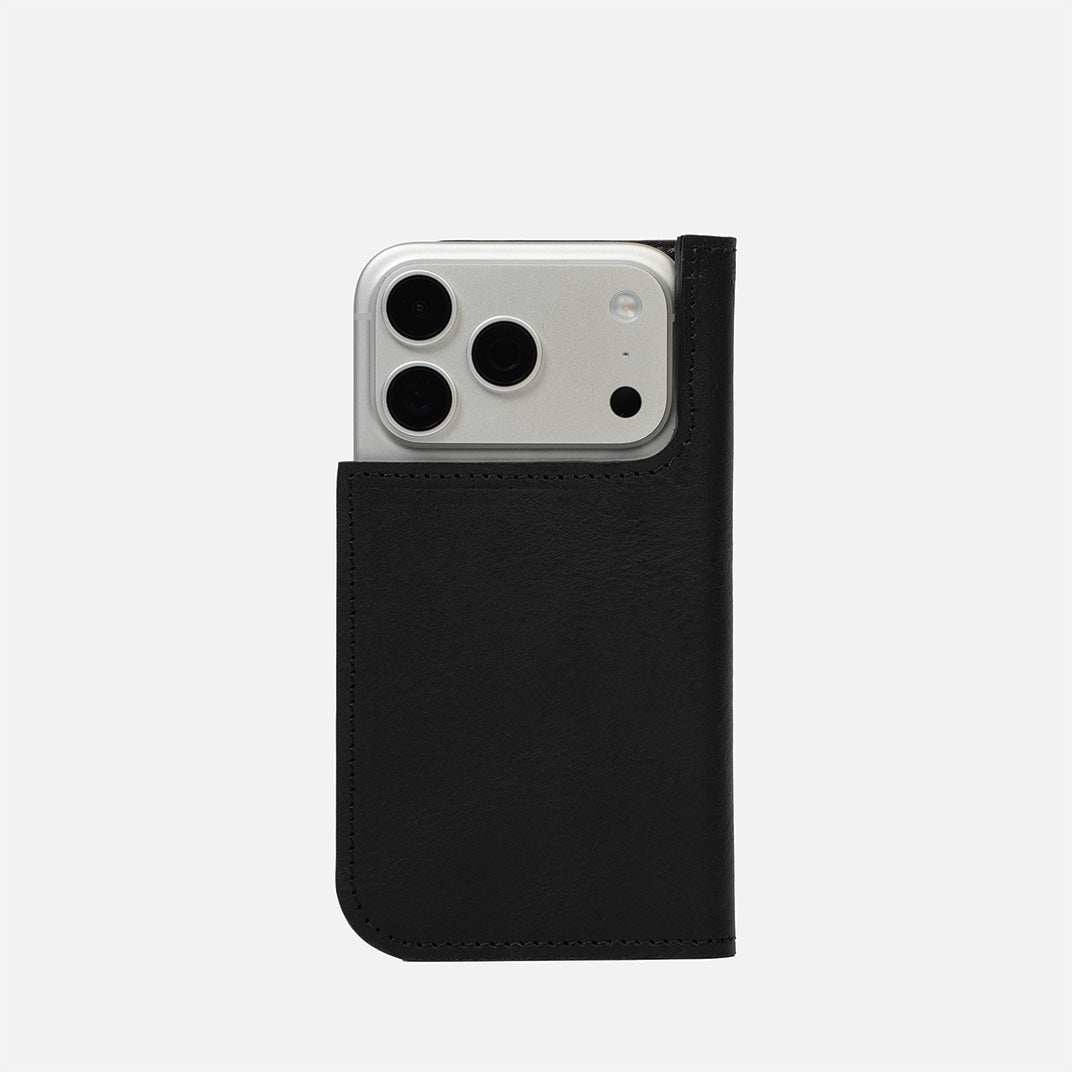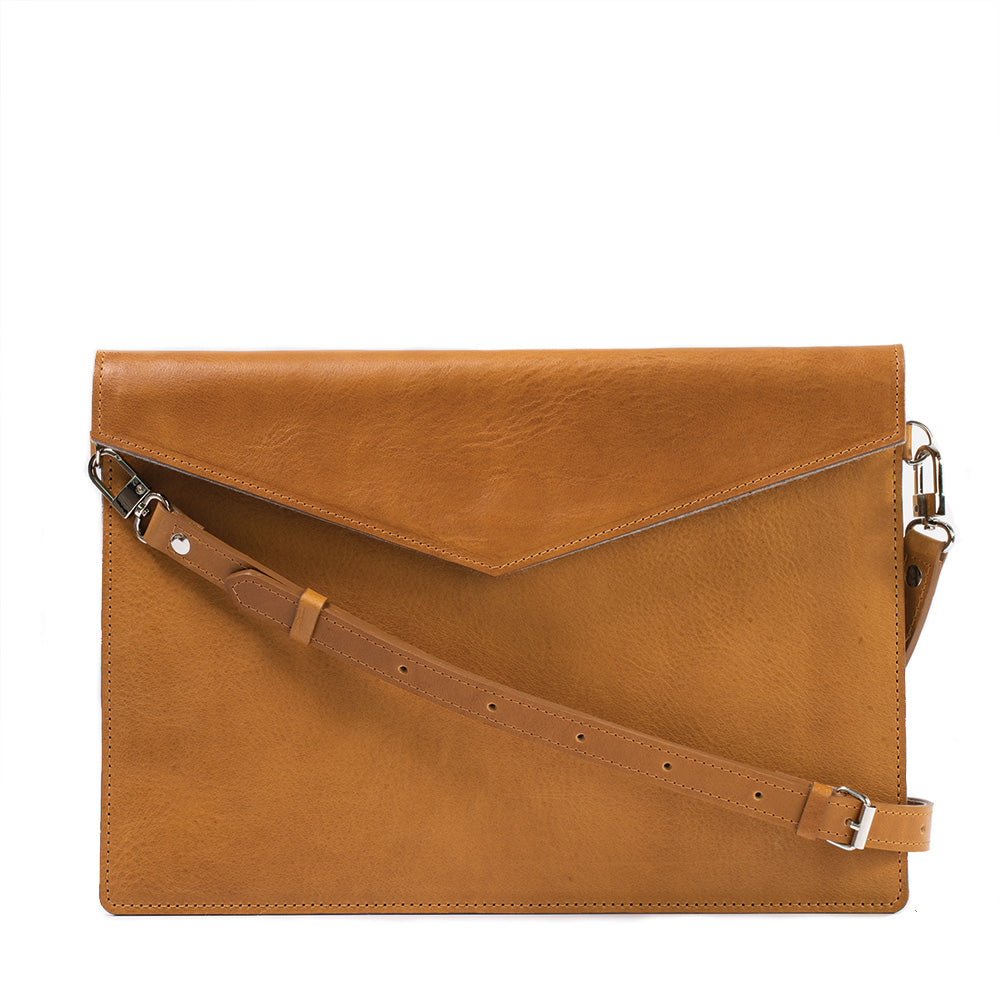In the realm of photography, composition holds the key to crafting captivating images. The iPhone camera offers tools that can significantly enhance your compositions, leading to visually pleasing and artistically engaging photographs. Two indispensable aids in this endeavor are the Rule of Thirds and the Camera Grid. In this article, we'll explore how these features can be harnessed to elevate your iPhone photography to new heights.
Using the iPhone Camera Grid: A Visual Aid for Precision
The Camera Grid, available in iPhone settings, adds a subtle overlay of horizontal and vertical lines onto your camera screen. This grid serves as a visual guide for achieving balanced and aligned compositions.
Activating the Camera Grid:
- Access Settings: Open your iPhone's "Settings" app.
- Navigate to Camera: Scroll to find and tap on "Camera."
- Enable Grid: Toggle the "Grid" switch to turn it on. This setting is under the "Composition" section.

The Rule of Thirds: A Fundamental Composition Principle
The Rule of Thirds, a cornerstone of photography, serves as a guide for positioning key elements within a frame. By envisioning your image divided into nine equal parts using two vertical and two horizontal lines, you can align crucial subjects along these lines or at their intersections, known as junction points.
Applying the Rule of Thirds
- Horizon Placement in Landscapes: Avoid centering the horizon in landscapes. Instead, position it on or near the horizontal thirds lines. This decision depends on whether you wish to emphasize the sky or foreground.
- Off-Center Main Subjects: Off-center placement of the main subject enhances balance and naturalness. Position subjects on the junction points of horizontal and vertical gridlines for compelling compositions.
- Eyes in Portraits: When photographing people or animals, position the eyes along the top gridline for captivating portraits. This aligns with the Eye-Face-Body rule, where our gaze naturally follows eyes, face, and body.
- Breaking Symmetry: Utilize off-center subjects in symmetrical scenes for added visual interest and dynamism.
- Aligning Vertical Subjects: For vertical subjects, such as tall buildings or people, place them along the vertical gridlines rather than the center.
- Negative Space: Incorporate negative space for emphasis. Align your main subject with gridlines or junction points to maintain balance.
- Active Space for Moving Subjects: When subjects are in motion, provide space in front of them to indicate their direction.
- Subjects Looking into Space: Subjects looking to the left or right of the frame benefit from leaving room in that direction for them to "look into."
- Highlighting Close-Up Details: When capturing close-ups, position the key details off-center in line with the Rule of Thirds.
- Abstract Compositions: For abstract scenes with patterns, lines, or textures, experiment with positioning elements along gridlines or junction points to create harmonious compositions.
Combining the Rule of Thirds and Camera Grid
Activate the Camera Grid to reinforce your application of the Rule of Thirds. The gridlines will guide your eye and assist in precisely positioning subjects and elements along the lines and intersections.
Incorporating these tools into your iPhone photography practice empowers you to compose visually captivating images. While the Rule of Thirds encourages balanced and harmonious arrangements, the Camera Grid ensures accuracy in alignment. These features collectively amplify your creative potential, enabling you to capture images that are not only technically precise but also artistically engaging.




